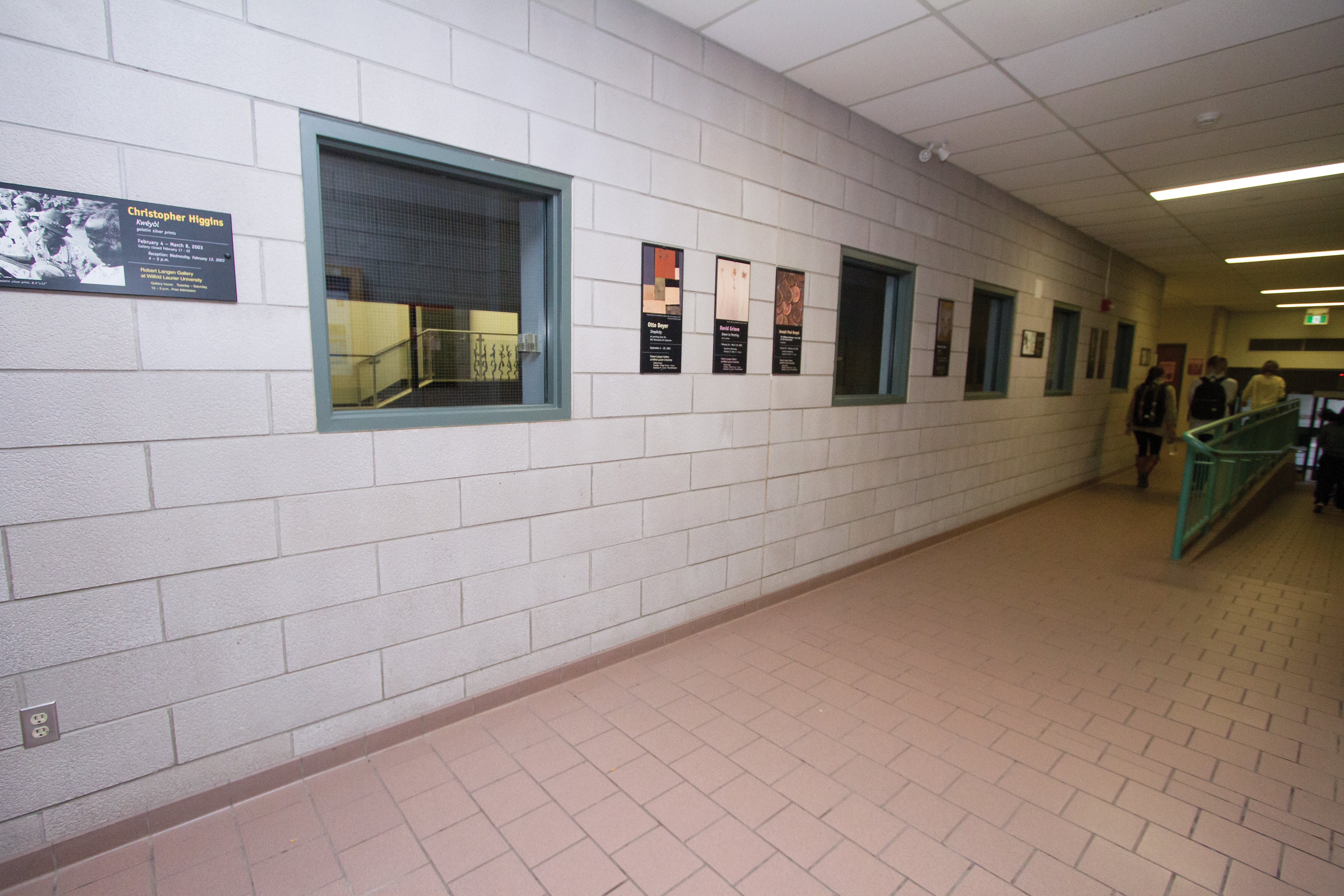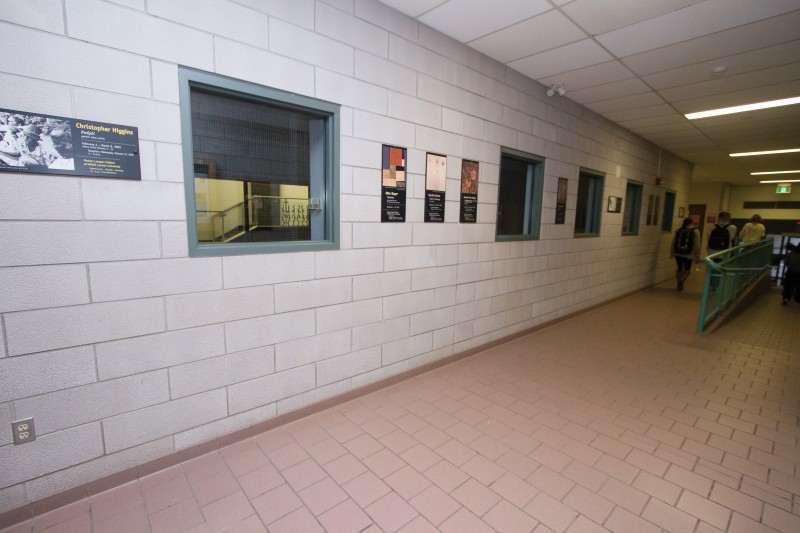Centrality of the Arts


While studying at the Institute of Psychiatry at the University of London, I also served as a research psychologist at the Maudsley Psychiatric Hospital as well at her sister hospital St. Mary’s of Bethlem (the original “Bedlam”).
While my experiences were rich, at times the hospital experience was stressful.
Whenever my work tired me, as I made my way home to my flat in north London, I disembarked the Northern Line at Trafalgar Square and spent some time at London’s National Gallery.
I would go directly to the floor where the collection of 15th Century Dutch landscape painters was gathered.
Sitting there looking at the van Ruisdale’s, the Hobbema’s, Fabritious’ “Finch” — what joy I experienced; surely no tranquilizer would have had the same effect.
All of us need such aesthetic experiences and it still concerns me that I labour at a university without a fine arts department.
How can we call ourselves a university and have no fine arts department (a department in which I at one time taught)? For “budgetary reasons” the department was phased out. There were protests, but those promoting other priorities drowned such voices out. Now our on-campus Robert Langen Art Gallery is being threatened.
For some empirical support for a fine arts experience, a recent study argued there exists a strong causal relationship between art education and a whole host of desirable outcomes.
Students who by lottery visited an art gallery demonstrated stronger critical thinking skills, exhibited higher levels of social tolerance and showed greater empathy.
The gallery in question had received applications from 525 school groups requesting tours (for more than 38,000 students).
Some student groups won a lottery and those students, after visiting the art gallery, were given surveys that assessed knowledge about art, as well as a measure of tolerance. They also wrote an essay in response to a work of art unfamiliar to them.
These essays were then coded using a critical-thinking-skills assessment program.
The authors of the study, (published in the “Educational Researcher”), conclude that visiting an art gallery exposes students to a variety of ideas that are challenging, causing them to adopt a variety of perspectives through their experience of art forms and that expanding access to art must be a central part of any school’s curriculum.
In a recent report by “Americans for the Arts” it was suggested that young people who regularly take an active role in the arts (three hours a day, three days a week for a full year) are four times more likely to be recognized for academic achievement, more often take part in science fairs and are much more likely to win an award for writing an essay or a piece of verse, than children who do not take an active part in art activities.
And we now know why: such experiences involve the entire brain and its diverse, majestic functions. The human brain may be structured for art appreciation.
Viewing paintings engages a number of different regions of the human brain, suggesting art appreciation may be a natural, even “biological process.” Viewing paintings activates areas of the brain involved in vision, pleasure, memory and the emotions, in addition to systems that underlie the conscious processing of new information to give it meaning. Such is the essential holistic experience involved in viewing fine art.
As I sat there, viewing the 15th Century Dutch landscape painters, I was reminded too that art represents a language we can all speak, and language cuts across social, educational, racial, cultural and economic barriers and evokes an awareness of cultural diversity.
Such opportunities as this gives me a great deal of pleasure. But for our children, experiencing fine art is apparently vital for their lives.


